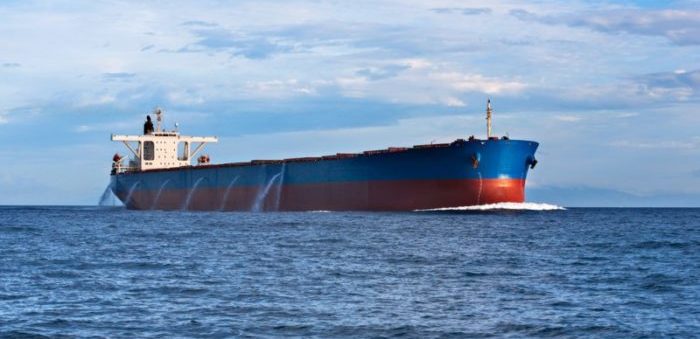The US Coast Guard announced that it is seeking public comment on a draft policy letter for accepting test methods that measure viability of organisms when conducting Ballast Water Management System type approval testing.
The US Coast Guard now looks forward to the public’s thoughtful input on this draft and will assess those comments and publish a final policy letter after incorporating the necessary changes. The public comment period for the policy letter is open, and comments must be submitted by September 30, 2019.
On December 4, 2018, US President Trump signed the USCG Authorization Act, S. 140, a new bill which includes measures for USCG operations while incorporates the Vessel Incidental Discharge Act (VIDA).
[smlsubform prepend=”GET THE SAFETY4SEA IN YOUR INBOX!” showname=false emailtxt=”” emailholder=”Enter your email address” showsubmit=true submittxt=”Submit” jsthanks=false thankyou=”Thank you for subscribing to our mailing list”]
With this act, USCG is required to draft a policy letter for testing BWMS within 180 days, followed by a 90 day comment period. Totally, the USCG has 360 days after the date of enactment of the Act to come up with a final policy. What is more, this bill has wide implications on US EPA VGP, due in March 2019.
Until now, two US federal agencies, the US Coast Guard and the Environmental Protection Agency (EPA), have been regulating ballast water and other vessel discharges under differing statutory authorities.
VIDA now delegates the lead role in establishing standards for US ballast water regulations to the EPA and assigns to the US Coast Guard the lead role in monitoring and enforcing those standards. Now, the EPA and the USCG will cooperate under the Clean Water Act to jointly set and implement standards for ballast water and incidental discharges.
The VIDA Bill includes legislative language that amends the USCG regulations. Specifically, it will allow the use of reproductive methods by explicitly expanding the definition of ‘living’ to ensure that organisms that cannot reproduce (non-viable) are not considered to be living. This means that organisms which cannot reproduce are as good as dead for the purposes of the regulation.
In this matter, the Act requires the USCG to create a draft policy letter for testing BWMS within 180 days, which will be followed by a 90 day comment period. When the bill will become a law, the USCG has 360 days to come up with a final policy. The policy will be detailing reproductive methods based on best available science. Moreover, the USCG must consider Type Approval testing methodologies that utilize organism grow-out and Most Probable Number (MPN) analysis to determine the number of viable organisms in ballast water that can reproduce.
This is considered as good news for UV-based BWMS, as in the past, they had to increase dose delivered to organisms to meet the USCG Ballast Water Discharge Standard. The Act is also expected to harmonize the USCG’s policy approach on reproductive methods in determining BWT system efficacy with that of the IMO. In 2017, the IMO officially approved the MPN method to determine viability/reproductive capability (IMO Document BWM.2-Circ.61).































































